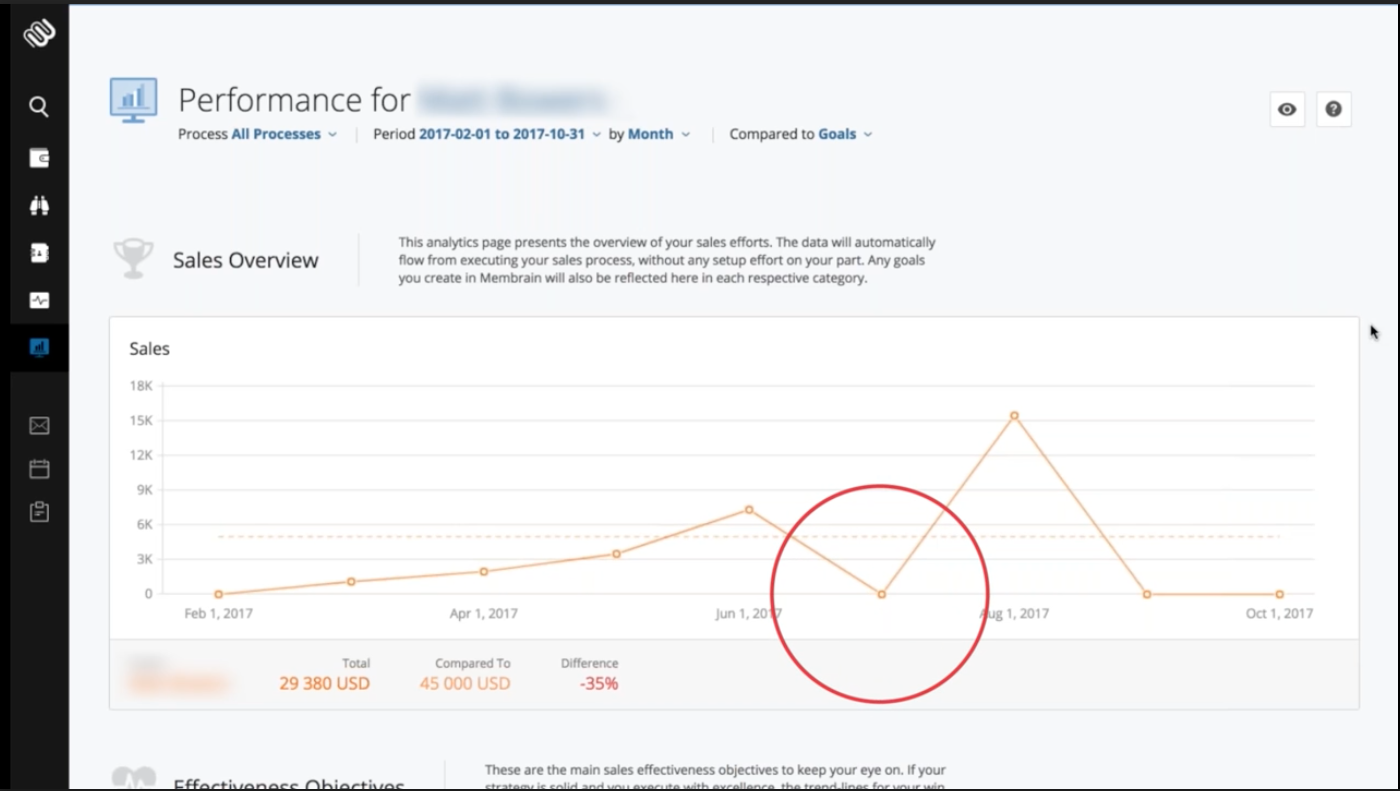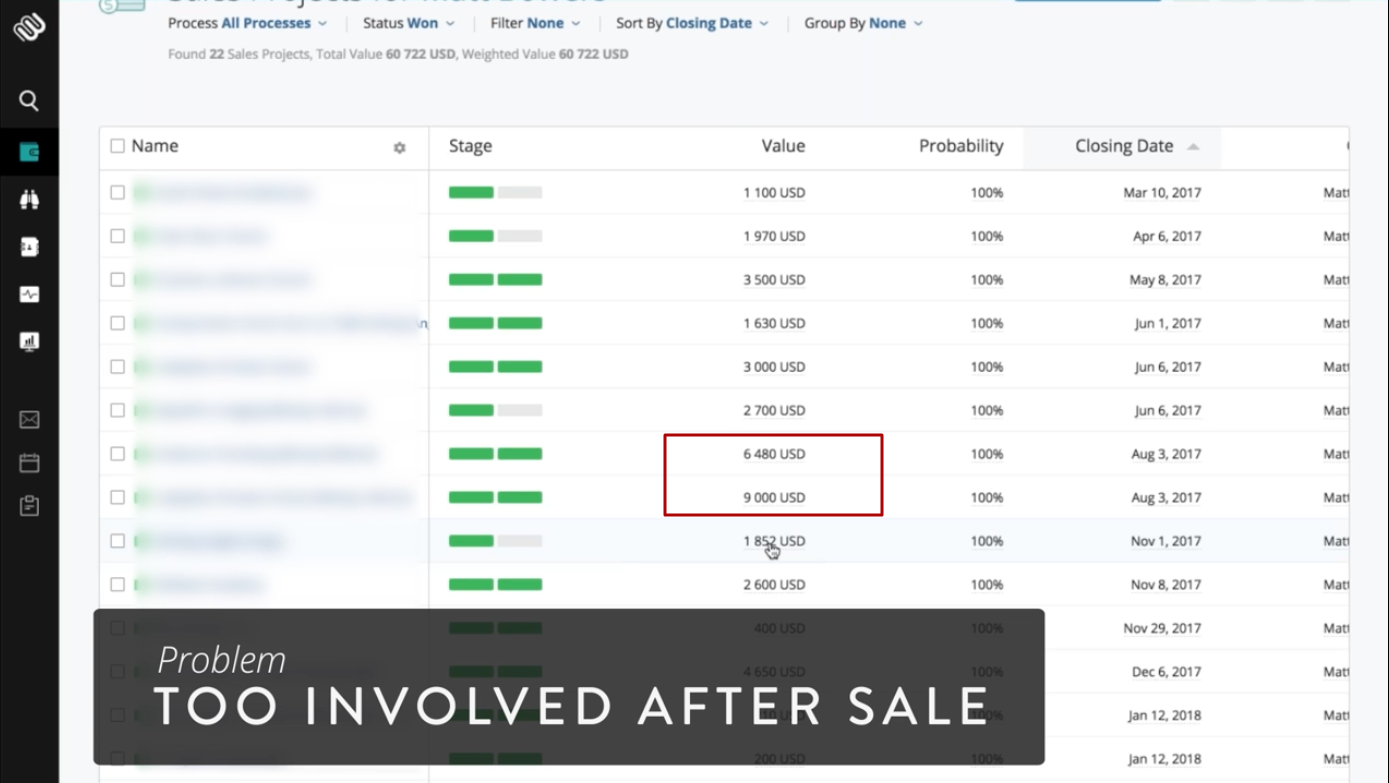
Roller Coaster Case
Today’s case covers a common issue with a new sales hire’s ability to meet their quota consistently in a complex B2B sales environment. A lack of confidence often leads to new reps pursuing many smaller deals.
The rep works hard and long to close opportunities in play, but ends up with the common case of revenue performance like a roller coaster. The corrective action is relatively simple. Follow these three steps to identify and correct the “Roller Coaster Case” before your new hire burns out or gets cut loose for the wrong reasons.
Brian Kavicky on the "Roller Coaster Result":
Symptom: Roller Coaster

In this real client example, we see a typical new hire improving each month, eventually meeting their quota after a 2 month ramp-up period. Sell a little, then a little more, then a little more, but then the “roller coaster” sets in: a month of no sales, and then up again the month after. All this up and down will make managers sick!
This is what we call a roller coaster result. Generally, a roller coaster result happens due to a lack of prospecting. But let's dig a little deeper.
Diagnosis: TOO INVOLVED IN THE DELIVERY
Any time a salesperson isn't giving their pipeline balanced attention at each stage, they can experience a roller coaster effect. But what causes this lack of balance? When we dig deep into the data, we develop a clearer picture of what is happening so that we can coach on the real problem.
Work ethic?
In this case, we know that the salesperson is working hard, so it's not a problem with their work ethic.
Win Rate?
Their win rate and deal size is steadily increasing, so there's nothing wrong with their skills in these regards.
Found it!
When we dig deeper in the data, we discover two bigger-than-average deals in month three, followed by two months of no sales at all. This spike followed by a gap indicates a relationship between the larger deals and the slow down, which we can investigate during a coaching session.
In this case, it turns out that the new salesperson was so eager to please the customers who signed the big deals, that they became overly involved in the servicing portion of the process. During this period, their intensity and targeting for prospecting fell even though the number of activities stayed the same.

Prescription: Spend less time servicing
Now that we understand the problem, we can coach the salesperson to see the importance of effective hand-overs inside of the organization. An appropriate question in this case would be:
“What could you do differently so you’re not spending all your time servicing?”
Hopefully, this questioning will lead the salesperson to understand that if he spent less time doing someone else's job he wouldn’t have to struggle with the negative consequences of a roller coaster pipeline.

By Brian Kavicky
Brian Kavicky is Vice President/Owner at Lushin, Inc. He has spent his entire career in sales, sales management and operations management in high growth companies. Working with Presidents, CEO's, Entrepreneurs and their sales teams, Brian helps them strategically achieve sustainable growth through challenging their current beliefs and behaviors. To contact Brian, send him an email.
Find out more about Brian Kavicky on LinkedIn







